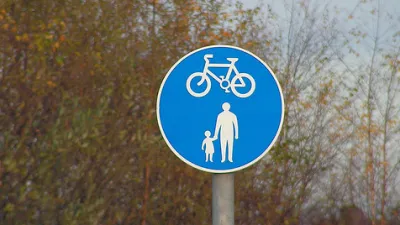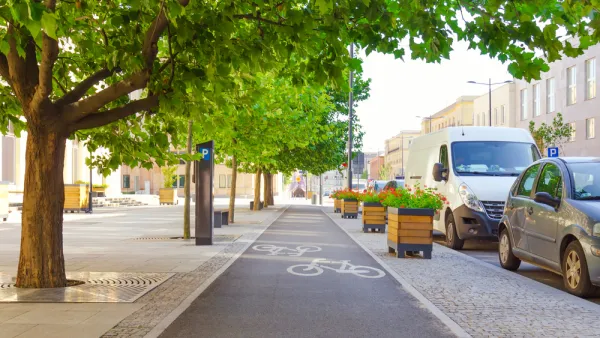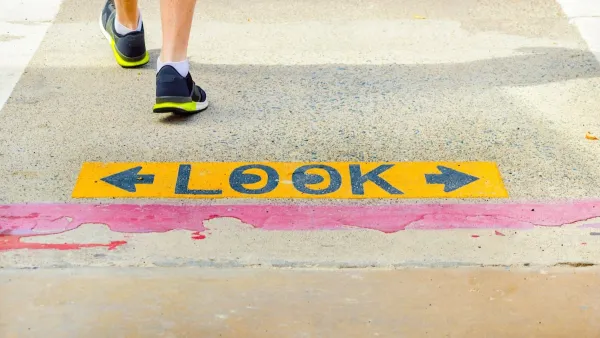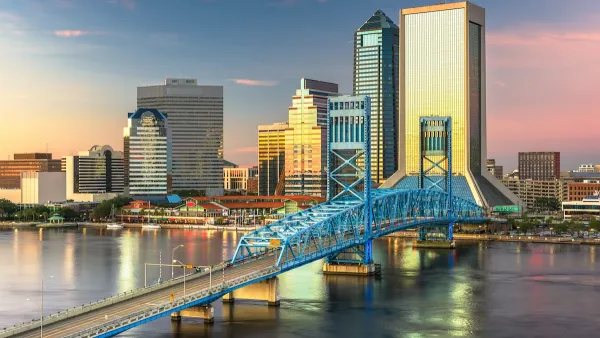An equity strategist offers advice on creating safe streets programs that address systemic racism.

Naomi Doerner, a consultant who helps bike and pedestrian advocates develop racial justice plans, gives Streetsblog her take on the blind spots in the planning community.
After addressing organizational culture and community outreach, Doerner points to Vision Zero as an example of a campaign hampered by a failure to analyze its relationship to systemic racism.
While its goal of eliminating traffic deaths is unassailable, Doerner suggests that the Vision Zero campaign has been implemented in a "top-down" manner that relies too much on police enforcement.
The problem, she says, is that the impacts of heavier policing are felt profoundly differently across socially disparate communities—and don't necessarily result in improved safety:
When you look at what is happening in communities of color in cities where we have this broken windows policing and you overlay this Vision Zero enforcement, there are concerns that it could lead to this kind of profiling or traffic stops.
Police are more likely to stop black and Latino drivers for minor infractions, Streetsblog points out; more troublingly, a recent study found this to be an important factor in the disproportionately high number of police killings of black and Latino people.
"This particular Vision Zero analysis had not been done by the advocacy community," Doerner notes. She continues:
I think that a lot of that really does have to do with the fact that a lot of the organized bike and walk community are not comprised of people of color. There are a very high number of people of color who bike and walk. But generally, they’re not really helping shape policy or the campaigns.
It doesn’t mean that you throw out everything about Vision Zero. It just means we have to use analysis tools to figure out who could very well be negatively impacted and develop alternatives.
FULL STORY: Naomi Doerner on How Street Safety Advocates Can Support Racial Justice

Analysis: Cybertruck Fatality Rate Far Exceeds That of Ford Pinto
The Tesla Cybertruck was recalled seven times last year.

National Parks Layoffs Will Cause Communities to Lose Billions
Thousands of essential park workers were laid off this week, just before the busy spring break season.

Retro-silient?: America’s First “Eco-burb,” The Woodlands Turns 50
A master-planned community north of Houston offers lessons on green infrastructure and resilient design, but falls short of its founder’s lofty affordability and walkability goals.

Test News Post 1
This is a summary

Analysis: Cybertruck Fatality Rate Far Exceeds That of Ford Pinto
The Tesla Cybertruck was recalled seven times last year.

Test News Headline 46
Test for the image on the front page.
Urban Design for Planners 1: Software Tools
This six-course series explores essential urban design concepts using open source software and equips planners with the tools they need to participate fully in the urban design process.
Planning for Universal Design
Learn the tools for implementing Universal Design in planning regulations.
EMC Planning Group, Inc.
Planetizen
Planetizen
Mpact (formerly Rail~Volution)
Great Falls Development Authority, Inc.
HUDs Office of Policy Development and Research
NYU Wagner Graduate School of Public Service




























